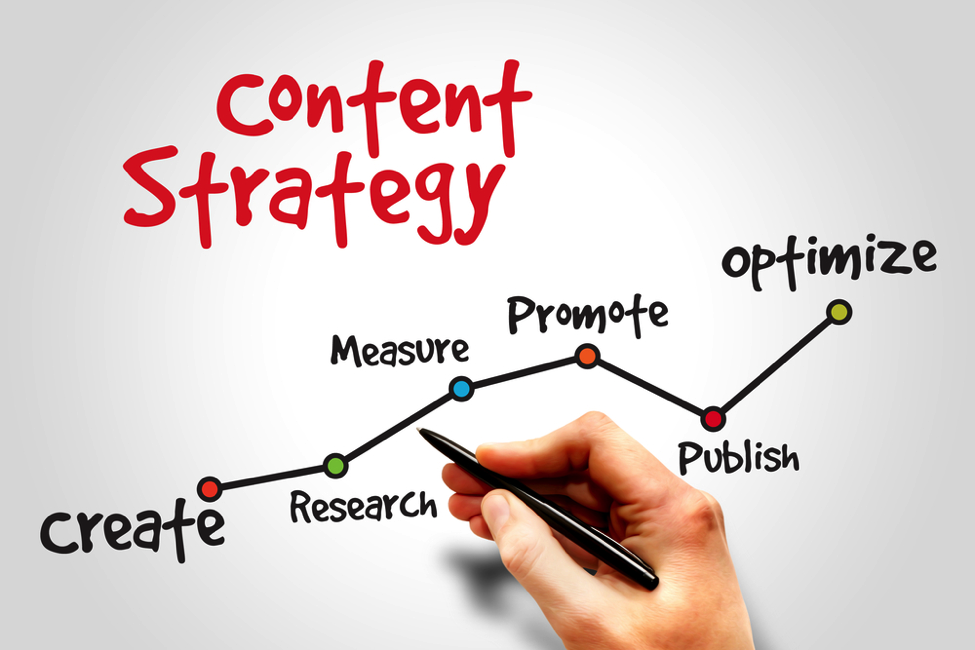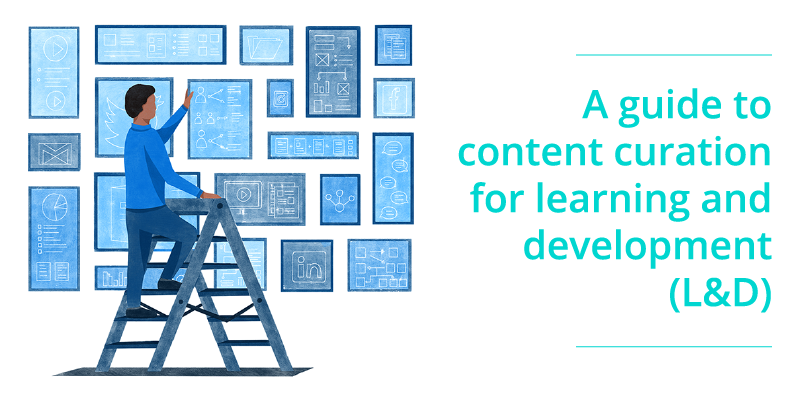
Conversion, if you don't know what it is, refers to the conversion of a visitor to a paying customer. Conversion marketing provides a comprehensive view of the buyer's journey unlike other marketing techniques. It identifies the areas that can be improved and flags them. Conversion marketing helps you not only reach your goals with new prospects but also retains existing customers and maximizes their lifetime value.
There are many different types of conversions. There are many types of conversions. For example, clicks on URLs and landing page visits, newsletter signing-ups, whitepaper downloadings, and phone calls to a number associated with digital campaigns. Any action that is trackable is tracked with a conversion-pixel. These can be called goals or events in analytics systems. To track conversion marketing campaigns, a link to a specific webpage will allow you to use a pixel.

Engaging prospects in the best way possible will improve your conversion rates. This includes identifying weak links and giving ongoing feedback to each visitor. It is crucial to optimize conversion marketing by conducting a detailed analysis of your website analytics data. It allows you analyze which parts of your website drive the most traffic and allows you adjust your strategy accordingly. However, this type of conversion is not the most profitable for all businesses, so make sure you optimize your campaign for the highest conversion rate possible.
Conversion is the most important aspect of any digital marketing campaign. Any event that causes a visitor to want to do business with you is considered a conversion. You can ask visitors to purchase something from your website or sign up for your newsletter. It doesn't matter which method you choose, conversion advertising is worth your time. But it can take time. And the key is to focus on measurable results, so your efforts will pay off in the end.
Your advertising should be compelling people to take action. If they are not interested in your product or service, they will leave and go to another site. By boosting your conversion rate, you will see that people respond to your advertisements and ultimately become buyers. You should monitor more than just the conversion rate. It is important to keep track of all details and measure each action taken for every conversion.

You can measure conversions in websites in many different ways. A conversion is any action that leads you to the desired outcome. A conversion is when a visitor clicks an ad, converts, and completes the process. It's usually a matter-of-time. A conversion is, for the most part a user fulfilling a desired act after viewing an advertisement.
FAQ
Is content marketing easy to measure?
Yes! Measuring results is part of the process. It helps you determine whether your efforts were successful and whether you need to make changes.
You can track visitors coming from many sources (email, social media and paid advertising) and track conversions like sales leads, purchases, and organic searches.
These metrics will show you which pieces performed well and highlight your most important opportunities.
What are the 7 steps of content marketing?
The seven-step process for content marketing includes:
-
Identify the problem
-
Find out what's currently working
-
Find new ideas
-
Make them strategic
-
Try them
-
Measure results
-
Keep going with the same process until something works.
This strategy has proven to be effective for both small and large businesses.
How much does content marketing cost?
The cost of content marketing depends on whether it's an outsourced solution or something you do all yourself. Outsourcing content-marketing services can be cheaper than hiring full time employees and allow you to scale quickly if you need more coverage.
HubSpot research indicates that the average cost of outsourcing content production for B2B firms is $5 per lead, while it costs $22 per consumer brand lead.
But, you don't have to pay a lot of money for content marketing tools. These can be used to create high-converting content.
You have many options to optimize content for search engines such as Google and Bing. You can create original content, guest post on blogs or curate content from other sites.
If you want to self-produce content, you will need to learn how you can create great content. Once you learn it, creating content will become easy.
You can start by creating simple landing pages using WordPress and then move on to building out your site. You can then build your portfolio over time.
Why is a Content Marketing Strategy necessary? Why send emails and post updates on social media?
There are two main reasons that you might ignore a Content Marketing Strategy.
-
Perhaps you think email marketing and social networking posts are enough for people to talk about your brand.
-
You might think that posting on social media or email marketing is impossible if you haven’t tried it.
Both of these assumptions are wrong.
Email marketing, as well as social media posts, can be excellent ways to communicate with prospects or customers. However, they aren't enough by themselves.
Email campaigns alone will not help you reach your goals. An email campaign alone won't help you reach your goals. It must be part of larger strategies. And social media posts alone won't help you achieve your goals either. They must be part of a comprehensive plan.
This is where your Content Marketing Strategy comes in. Creating a strategy that sets clear objectives for each piece of content allows you to manage your entire content creation process.
As a result, you'll be able to spend more time focusing on other essential aspects of running your business, like growing your audience and increasing conversion rates.
While there are many advantages to having a Content Marketing Strategy in place, it does not make it easy.
A strategy can make all the difference.
Are you a content marketer worth your money?
Content marketing is essential to any online business strategy. It is also a very effective way to increase brand exposure. Content marketing isn't just for customers. It makes your brand stand out from others.
Content marketing involves creating valuable content that people want. Content marketing is a key component of any digital marketing strategy. It helps companies engage their target markets.
Is Content Marketing Strategy right to me?
If you already know what you want to say, then a Content Marketing Strategy will work perfectly for you.
However, if you need some guidance before getting started, here are a few questions to ask yourself:
Do I need my business to communicate something particular? Or should I create content that appeals to a wider audience?
Do I want my efforts to convert visitors into buyers or generate leads?
What product am I trying to promote?
Would I be interested in reaching out to people outside of my industry sector?
If you answered "yes", to any one of these questions, then a content marketing strategy is just what you want.
How can I determine success with content marketing
You can measure the effectiveness of your content marketing efforts in several ways. One way to measure the effectiveness of your content marketing efforts is to monitor how many visitors visit your website. Another option is to monitor how many leads are generated.
Statistics
- According to our research, 65% of companies with very successful content marketing in 2021 ran content audits at least twice a year. (semrush.com)
- An example of an overarching goal could be: "In 2022, we want to achieve a 20% increase in revenue created by organic content and generate 15,000 MQLs with a budget of $30,000." (semrush.com)
- Content marketing produces 3X more leads per dollar spent. Content marketing costs 62% less than traditional marketing. (criteo.com)
- Seventy-two percent business to business (B2B) (mailchimp.com)
- This marketing strategy landed Ford a 15.4% conversion rate. (neilpatel.com)
- According to research compiled by Coschedule: Companies that publish 16+ blog posts a month get as much as 3.5x as much traffic as those that publish 0-4 posts a month. (criteo.com)
- We found that 40% of businesses don't have a documented strategy yet. (semrush.com)
- Progress indicators (0–100%) allow each team member to see how attainable each goal is and understand what remains to be accomplished. (semrush.com)
External Links
How To
How to create stunning photos
Images are a great way to make your content standout from others. Images are one way to communicate ideas visually. They can grab attention and increase engagement. They can be used to communicate complex concepts easily and effectively. ).
Images can be used to enhance a presentation or piece of writing. They can make it more interesting and alive. You could end up with mediocre results if you don’t know how to select the right image. This article will give you some ideas on choosing the right images for your next project.
-
Know what makes an image good. There are a few things to consider before you begin looking at photos. First, it is important to choose images that have a clear and concise message. A cluttered image won't cut it. It won't attract attention the same way a clear, concise photo would. Avoid images that have people not smiling or staring directly into the camera. This is because it gives the impression that whatever you say isn't very interesting. It is important that your image does not distract from the main message you are trying convey. If the image draws too much attention away, it is probably not ideal.
-
Look for inspiration. Once you have a short list of candidates, it is now time to review them and choose the ones that inspire you. Take a look through the captions. You will see that some photographers include them in the image, while others separate them. You need to ensure that the captions are clear enough to read. Pay close attention also to the context of your photo. Do you expect to see someone having a good time in the photo? Or maybe it's a place that looks like it could be dangerous. It might be a place that you would not normally associate with happiness. Whatever the reason for your liking the image, think about how it relates with the message you wish to convey.
-
Test different types of images. Images can be used to highlight important aspects of your text. A picture of a product may be useful if your article is about it. Likewise, if you've got an infographic on offer, you may want to include an image showing the presented data. Visual aids like these will draw people closer to your information and make them feel more connected to the content.
-
Use the right format. You must remember which file format you should use when choosing images. JPEG and GIF are the two most common file formats when designing web pages. Each file format has its advantages and disadvantages. JPEG files will work with any media type, including websites or social media posts. They work especially well for photos, since they store large quantities of data in a compact space. GIFs can become blurred over time due to their loss of quality. GIFs are smaller than JPEGs, so they're better suited to graphics and animation. They are not suitable for photo use because they do not support transparency.
-
Other visuals are also welcome. If you're struggling to come up with ideas for images, then it'd be wise to include some additional visuals within your content. As it is a distraction-free environment, it can improve the effectiveness and usability of your post. This means they're less likely to click out of the page while reading your article. You can create infographics on your website to add more visuals. Infographics have become very popular as they are quick and easy ways to share many useful information. You can also add them to your blog posts because they often contain lots of images.